Why Some Cats Thrive In Low-Stimulation Homes
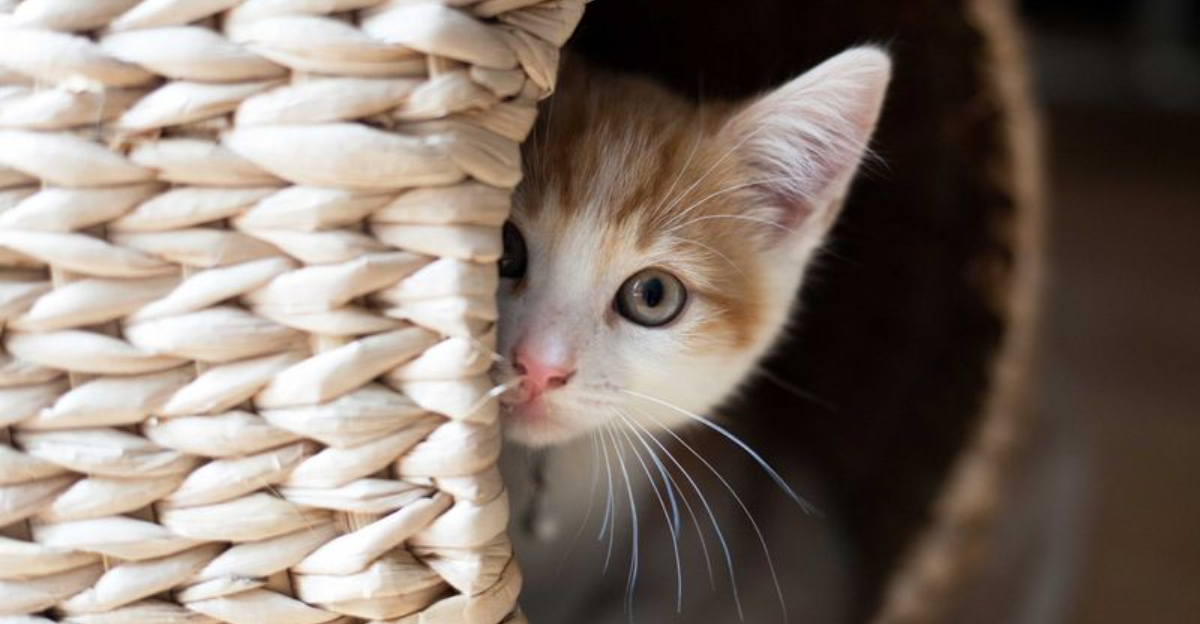
Imagine a world where silence is golden, and tranquility reigns supreme. In the bustling chaos of modern life, some feline friends prefer the simplicity and serenity of a low-stimulation home.
These environments cater to their needs for calm and quiet, allowing them to flourish in ways you might not expect. Explore the unique reasons why these cats thrive in such settings.
1. What Is A Low-Stimulation Home For Cats?
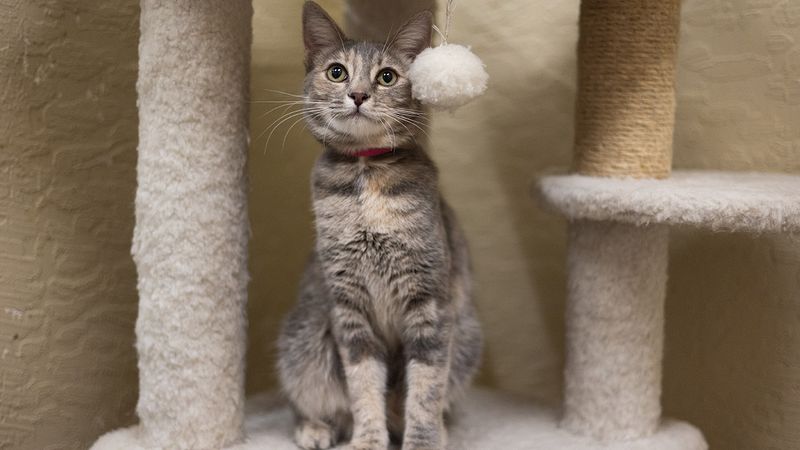
Not every home needs to be a circus of activity. A low-stimulation home can be a sanctuary for cats who prefer peace over pandemonium. Imagine soft lighting, minimal furniture, and a serene atmosphere. These settings offer cats a chance to relax and recharge, away from the hustle and bustle.
2. The Need For Calm And Quiet Spaces

Even the most social cats appreciate a break from the action. Calm and quiet spaces provide that much-needed retreat. Think of these as the ultimate cat spa, where they can unwind. It’s not about isolation but offering a safe haven where cats can be themselves, unbothered.
3. How Cats React To Overstimulation
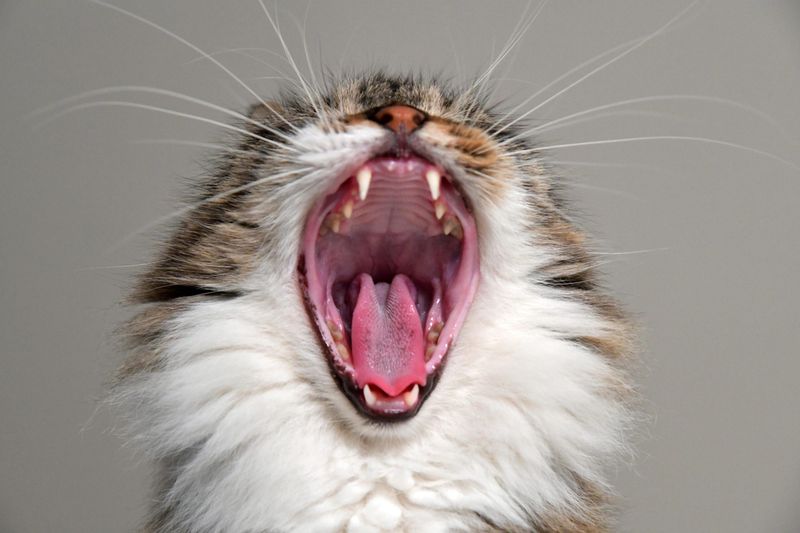
Ever seen a cat’s tail puff up like a bottlebrush? That’s often a response to overstimulation. Loud noises, chaotic movements, and unpredictable environments can stress them out. In a calmer setting, their nerves settle, allowing their personalities to shine without the anxiety of excess stimuli.
4. Which Cats Prefer Low-Stimulation Homes?
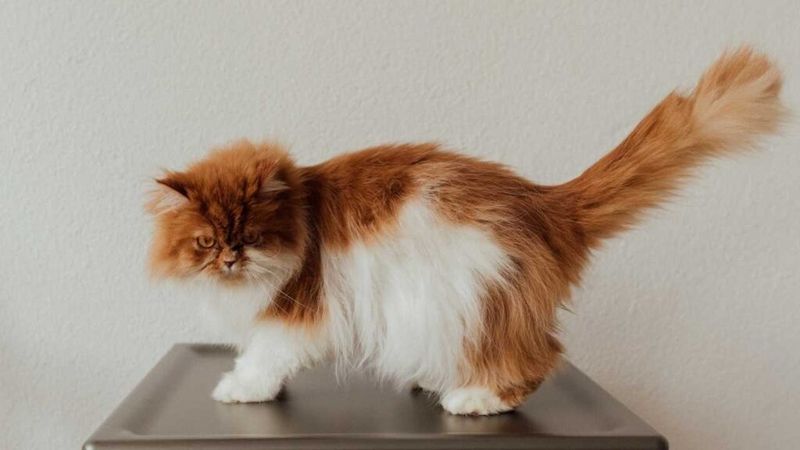
Not all cats are party animals. Breeds like Persians and Ragdolls, known for their laid-back demeanor, thrive in low-stimulation environments. Age and personality also play roles. Older cats or those naturally reserved might find these homes particularly appealing, allowing them to live stress-free.
5. Benefits Of A Peaceful Home For Cats
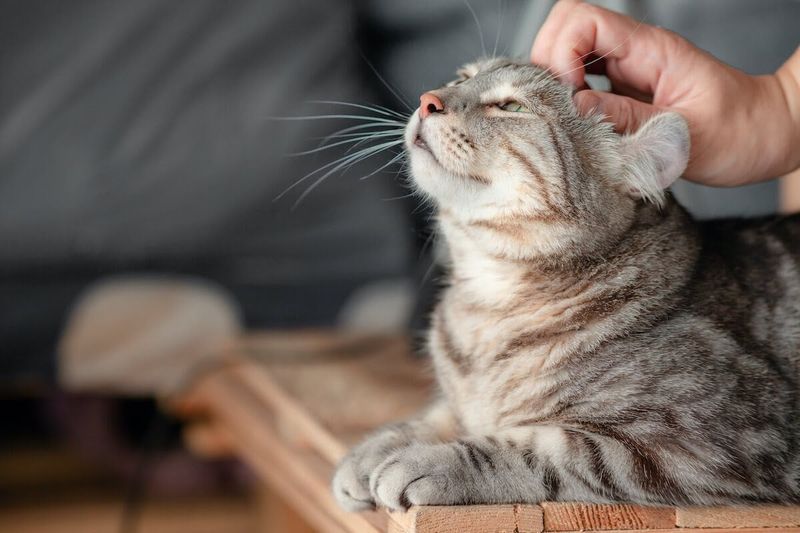
A peaceful home promotes a cat’s well-being. Without the chaos, cats are less prone to stress, which can improve their overall health. Picture a cat napping in a sunbeam, worry-free. These environments support their natural rhythms, offering a harmonious life that echoes their wild ancestors’ peaceful moments.
6. Signs Your Cat Needs A Low-Stimulation Home
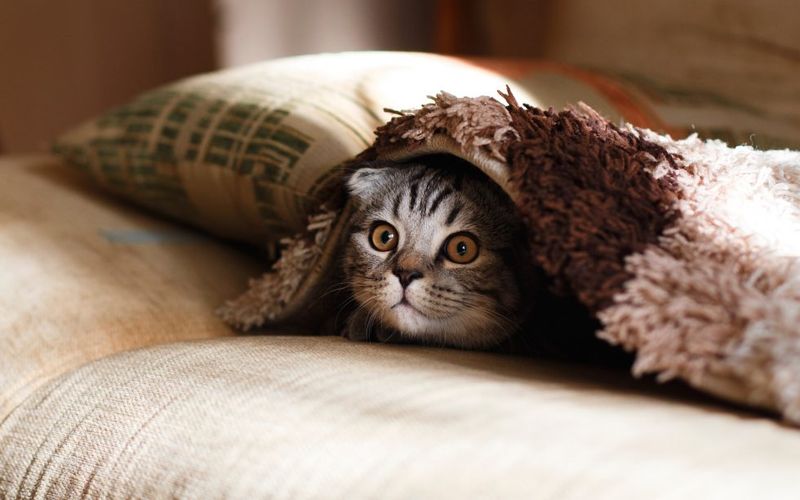
Does your cat often retreat to quiet corners or seem startled easily? These are signs they might benefit from a low-stimulation environment. Cats that hide frequently or exhibit nervous behaviors could be telling you they crave tranquility. Providing a calm space might be just what they need to thrive.
7. How To Create A Low-Stimulation Home
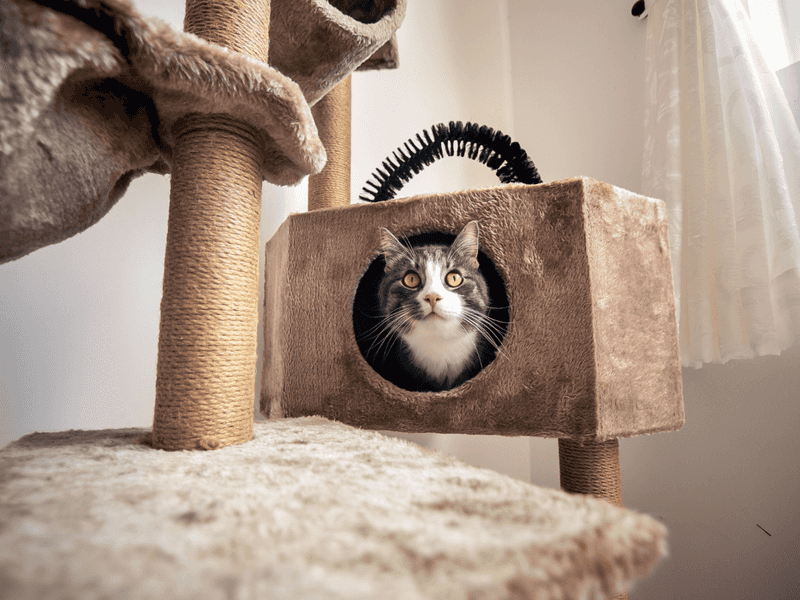
Creating a low-stimulation home is easier than you think. Focus on soft colors, comfortable furniture, and cozy nooks where a cat can retreat. A cat tree or perch near a window offers entertainment and solitude. The key is balancing environment and engagement, allowing your feline friend to flourish.
8. Balancing Playtime And Rest For Cats
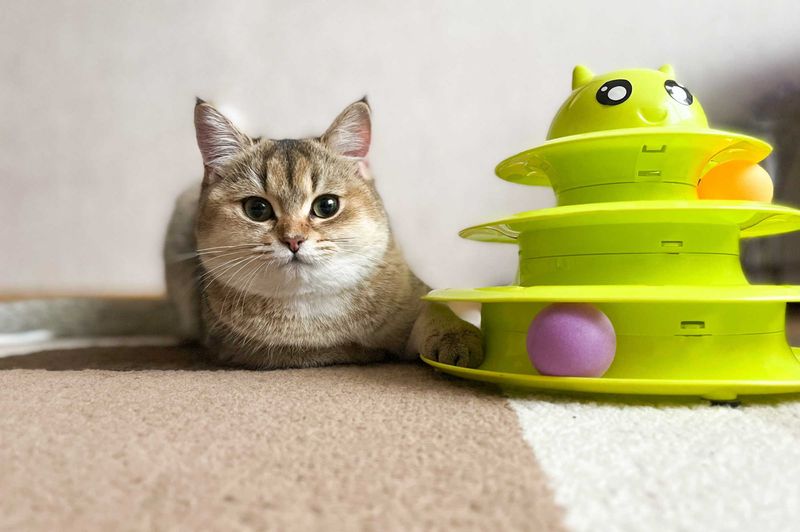
Cats need playtime, but they also need rest to recharge. Finding that balance in a low-stimulation home is crucial. Simple toys can provide the necessary engagement without overwhelming them. This balance ensures they remain active yet relaxed, maintaining a healthy and happy lifestyle.
9. Routine And Predictability For Sensitive Cats
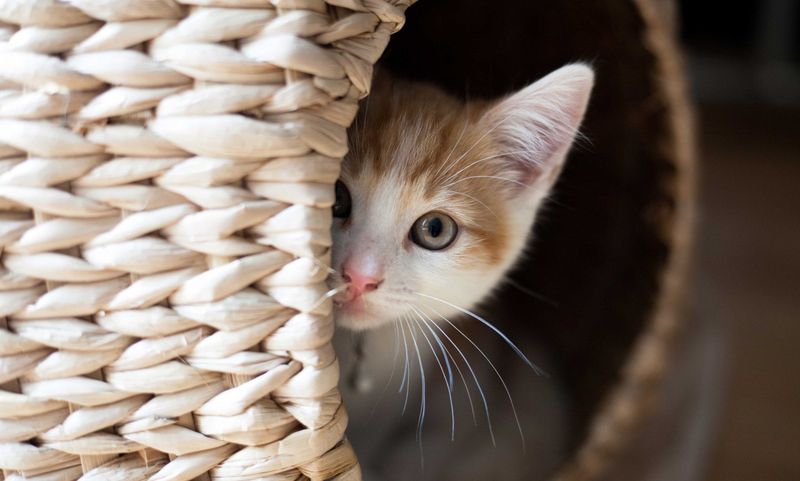
Routine is a cat’s best friend, especially for sensitive souls. Predictable mealtimes and familiar environments help cats feel secure. In a low-stimulation home, maintaining a consistent routine can ease anxiety, allowing cats to thrive without the stress of constant change.
10. Low-Stimulation Homes For Anxious Cats
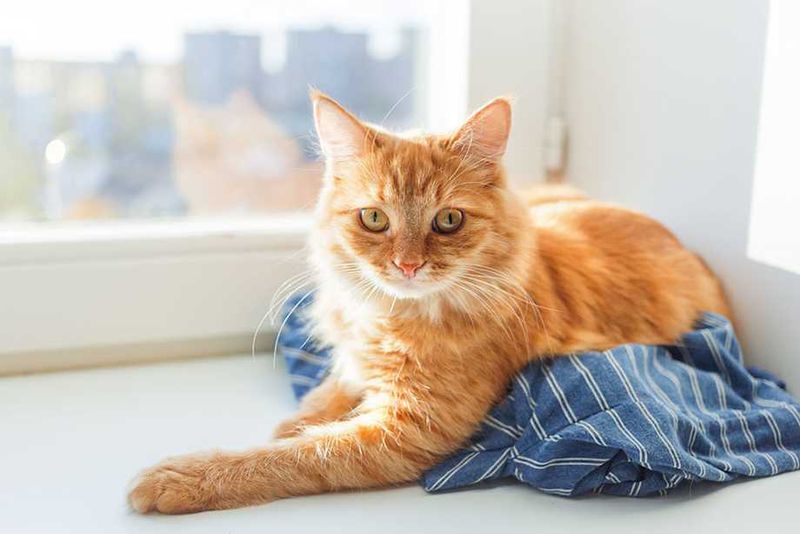
Anxiety in cats can be alleviated with the right environment. Low-stimulation homes provide the calm they crave, reducing stress levels. By offering a tranquil space, you help anxious cats find peace, fostering a sense of security and well-being that might be elusive in more chaotic settings.
11. Safe Spaces For Shy Cats

Shy cats need a place where they can feel secure. Low-stimulation homes offer them that comfort. With fewer surprises, they can explore at their own pace. These environments let shy cats build confidence, transforming apprehension into curiosity as they discover a world that feels just right for them.
12. How Low-Stimulation Homes Benefit Health
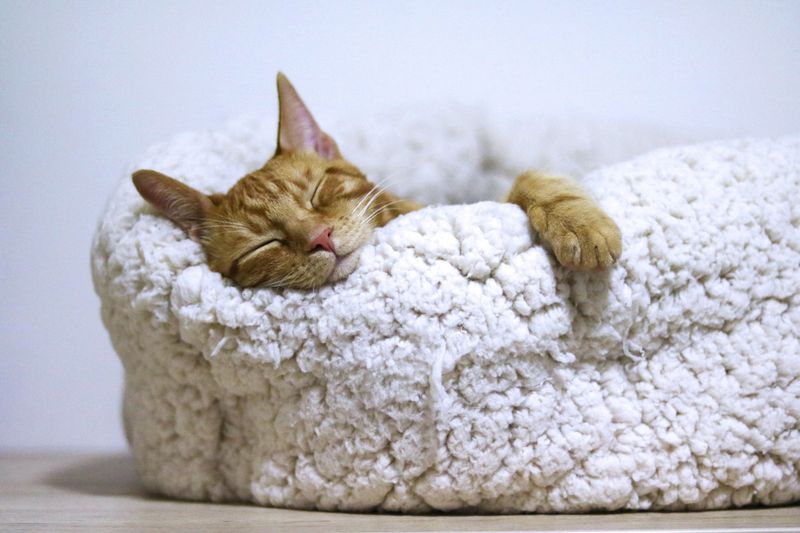
Stress can take a toll on a cat’s health. Low-stimulation homes reduce stress-related health issues, promoting longevity. A calm environment supports immune function and keeps them vibrant. Imagine a cat with a glossy coat and bright eyes, thriving because their home nurtures both body and spirit.
13. Balancing Activity And Calm For Your Cat
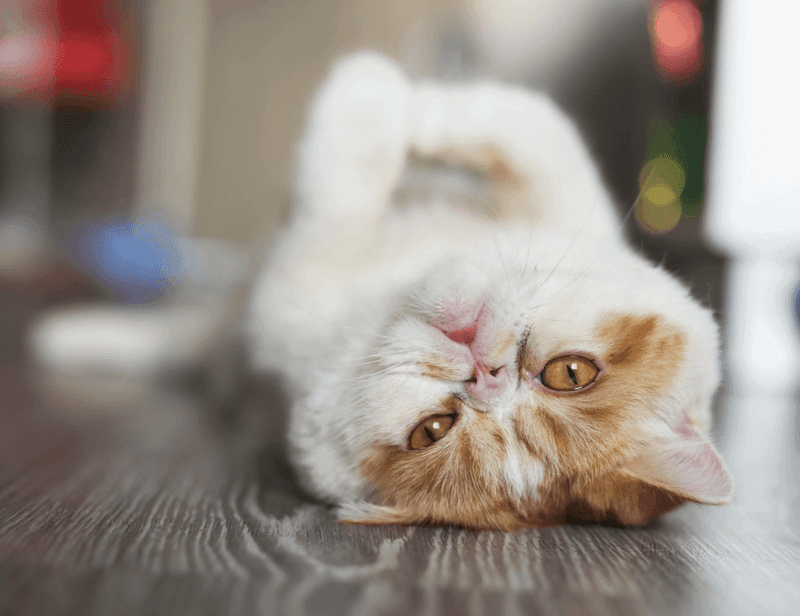
Finding the balance between activity and calm is key to a cat’s happiness. Low-stimulation homes provide the perfect backdrop for this harmony. A playful session followed by a lounging period helps manage energy levels. These homes offer a sanctuary where cats can be active yet unwind effortlessly.






